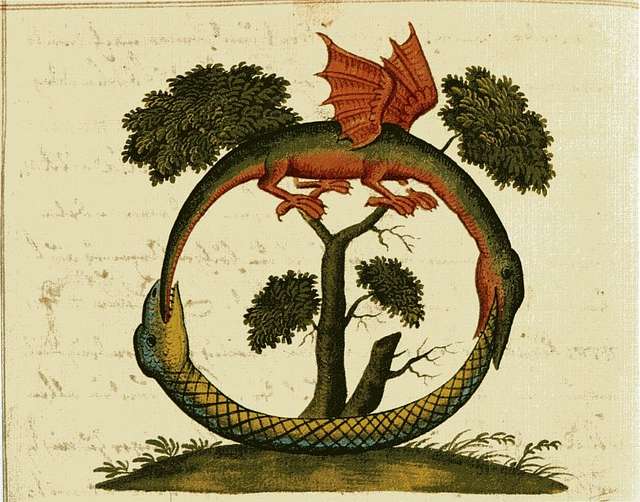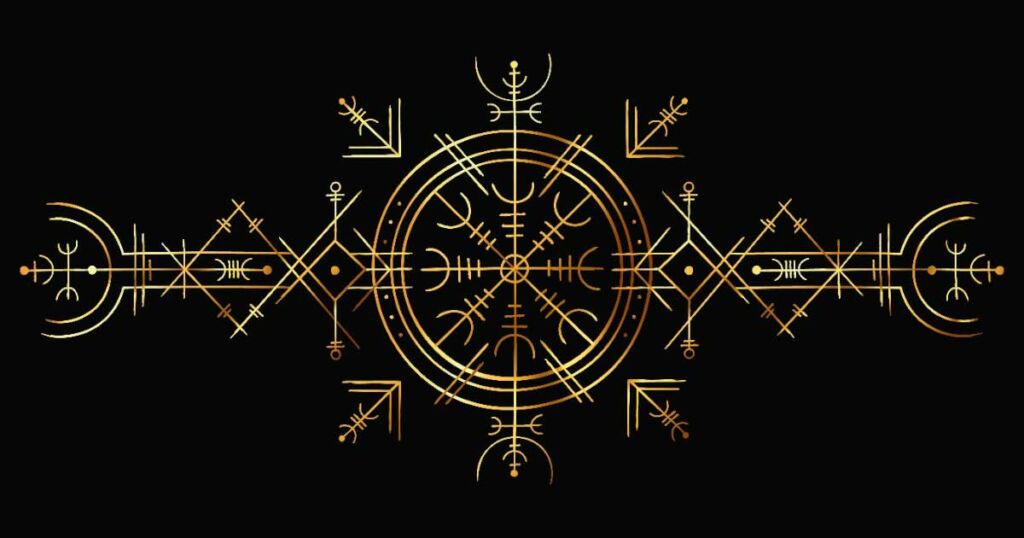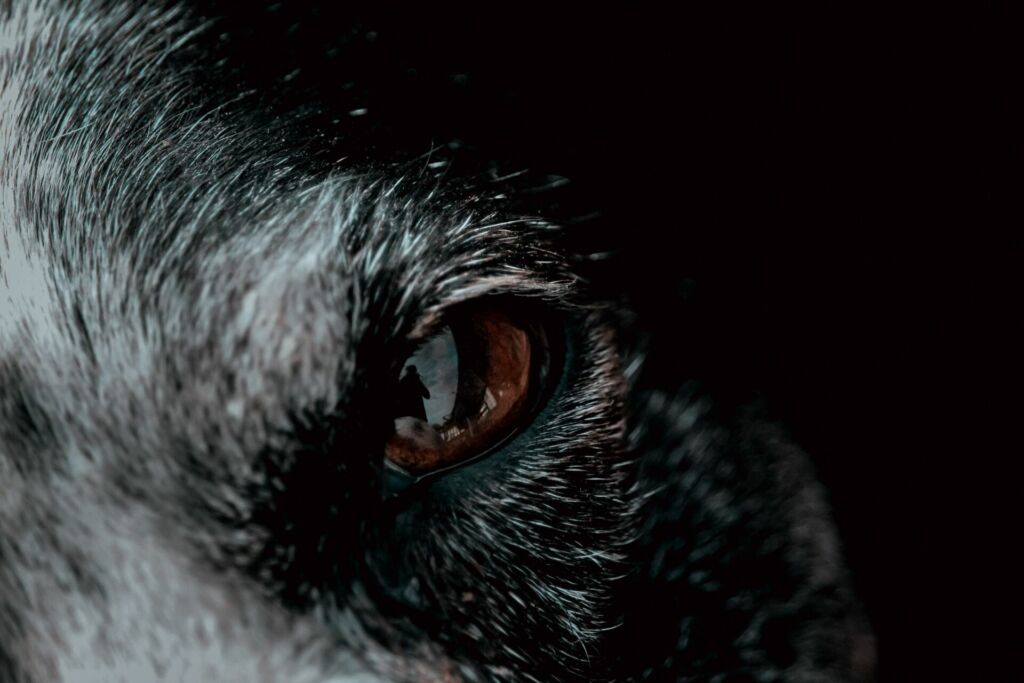Introduction
The Ouroboros is an ancient symbol that has been used in various cultures throughout history. It depicts a serpent or dragon eating its own tail, creating a never-ending loop. In Norse mythology, the Ouroboros also known as Jörmungandr, plays a significant role. The Ouroboros Norse is a powerful symbol that has been used to represent different ideas and concepts. In this article, we will explore the Ouroboros in Norse mythology and its symbolism.
 What is an Ouroboros?
What is an Ouroboros?
The Ouroboros is an ancient symbol that has been used for thousands of years. It is a symbol of infinity, wholeness, and the cyclical nature of existence. The word “ouroboros” comes from the Greek words “oura,” meaning “tail,” and “boros,” meaning “eating.” This symbol is often depicted as a serpent or dragon eating its own tail, creating a never-ending loop.
The Ouroboros has been used in various cultures throughout history, including Egyptian, Greek, and Norse mythology. In each culture, the symbol has been used to represent different ideas and concepts. For example, in Egyptian mythology, the Ouroboros was used to represent the sun god Ra and the concept of eternal life. In Greek mythology, the Ouroboros was used to represent the god Chronos and the concept of time.
The Ouroboros in Norse Mythology
In Norse mythology, the Ouroboros is known as Jörmungandr. Jörmungandr is one of the children of Loki and the giantess Angrboda. According to Norse legend, Jörmungandr is a massive serpent that encircles the entire world. He is so large that his tail is in his mouth, creating the Ouroboros symbol.
In Norse mythology, Jörmungandr plays a significant role in the end of the world, also known as Ragnarok. According to legend, Jörmungandr will rise from the sea and join the battle of Ragnarok, where he will fight against the god Thor and ultimately be killed by him. However, Jörmungandr’s death will also bring about the end of the world.

The Symbolism of the Norse Ouroboros
The Ouroboros Norse is a powerful symbol that has been used to represent different ideas and concepts. One of the most significant symbols is the idea of infinity and the cyclical nature of existence. The serpent eating its own tail creates a never-ending loop, representing the cyclical nature of life, death, and rebirth.
In Norse mythology, Jörmungandr’s role in the end of the world also adds to the symbolism of the Ouroboros. The serpent’s death brings about the end of the world, representing the idea of destruction and renewal. The Ouroboros Norse symbolizes the cycle of life and death, the continuity of time and the infinite nature of existence.
The Ouroboros in Modern Culture
The Ouroboros has been used in modern culture as well, particularly in literature and art. The symbol has been used in many fantasy and science fiction novels to represent different ideas. For example, in the popular book series “The Wheel of Time” by Robert Jordan, the Ouroboros is used as a symbol for the cyclical nature of time and the never-ending struggle between good and evil. The Ouroboros is also commonly used in modern art as a symbol of infinity, wholeness and the cyclical nature of existence.
In addition, the Ouroboros is also used in psychology and philosophy to represent the self-reflexive nature of the mind and the concept of the self-consuming ego. It is also used in many spiritual and religious practices to symbolize the cyclical nature of existence and the idea of rebirth and renewal.
Conclusion
In conclusion, the Ouroboros is an ancient symbol that has been used in various cultures throughout history. In Norse mythology, the Ouroboros is known as Jörmungandr, a massive serpent that encircles the entire world. The Ouroboros Norse is a powerful symbol that has been used to represent different ideas and concepts such as infinity, wholeness, and the cyclical nature of existence. The symbol is also commonly used in modern culture, particularly in literature, art and spiritual practices. The Ouroboros is a timeless symbol that continues to be relevant in today’s society, representing the never-ending cycle of life, death and rebirth.




